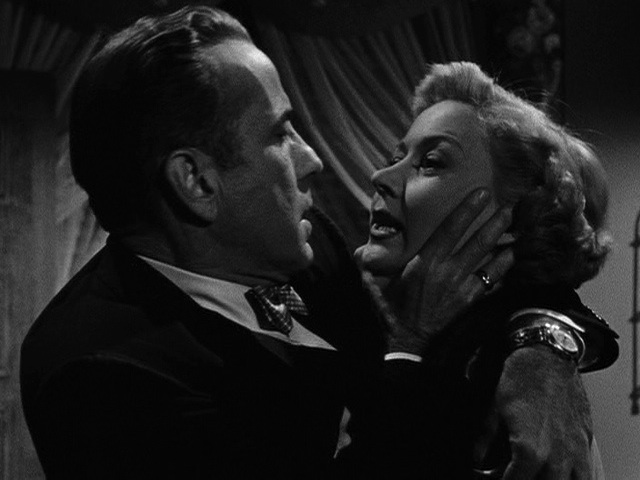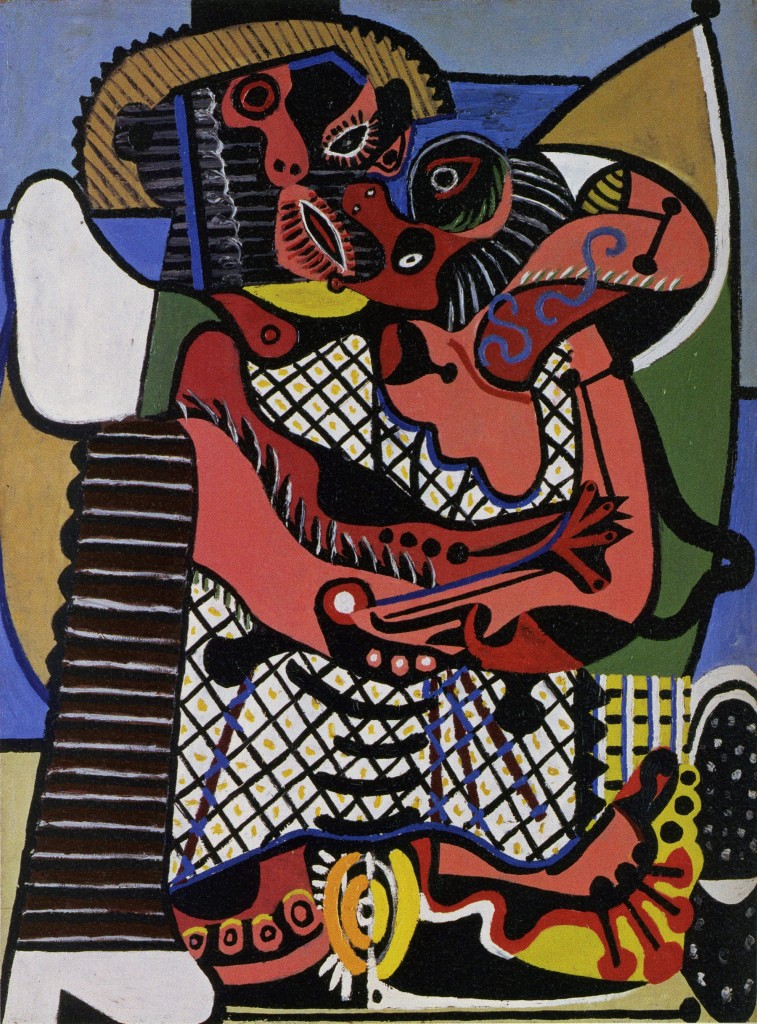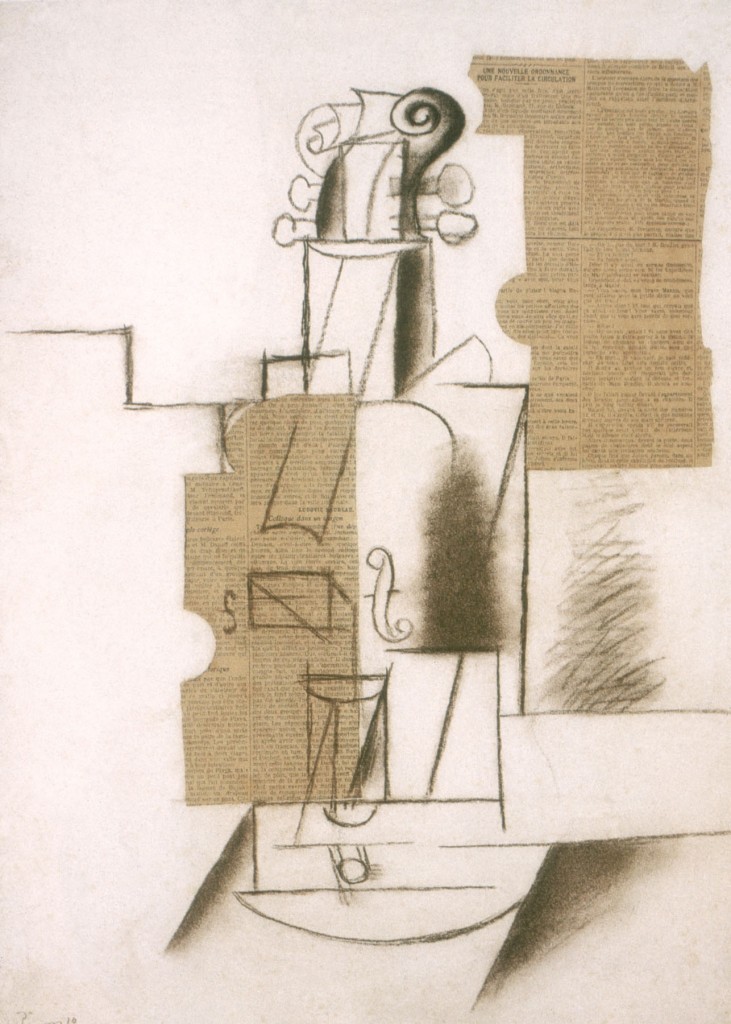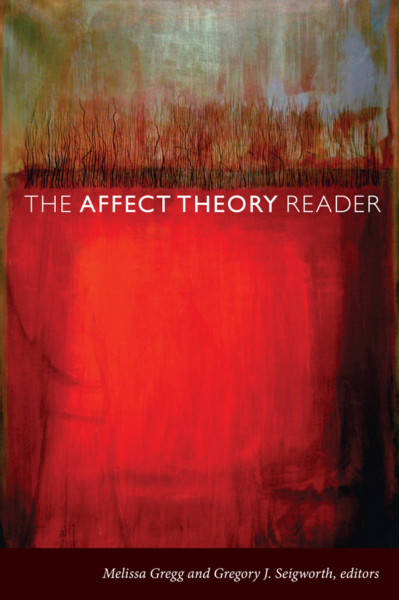
Robert Pippin on Oren Izenberg and Paul Grimstad
But the question is deeper: whether an illusion, on the order of some post-Cartesian misdirected agenda in epistemology, is a proper matrix for understanding the sort of suffering chronicled in the modern literature of loss, absurdity, alienation, meaninglessness and simple heartlessness. (For that matter, the larger question here: could McDowell be right that the Cartesian agenda is simply an illusion, to be recovered from, to be exorcised? Is not that image itself telling, as if it is something like possession, witchcraft? Could that be right?)








